Leaky or noisy air ducts are more than just annoying sounds from your walls, and ask for ductwork repairs. Damaged ductwork can waste your conditioned air, leading to higher energy bills and uncomfortable rooms that never reach the right temperature. When air escapes through cracks or loose connections, your HVAC system works harder to maintain comfort throughout your home.
We often overlook our ductwork until problems become obvious. Whistling sounds, weak airflow from vents, and rooms that stay too hot or cold are clear signs that repairs are needed. Dust buildup and poor air quality can also point to ductwork issues that need attention.
Understanding what causes ductwork problems and how to fix them can save you money and improve your home's comfort.
In this article, you’ll learn how ductwork repairs can restore airflow, reduce noise, and boost your HVAC system’s efficiency.
Let’s break down the key points you should consider:
- Common signs your ductwork needs repair
- Causes of ductwork failure over time
- How ductwork repairs improve HVAC efficiency and air quality
- Repair vs. replacement: What your home really needs
Keep reading to explore the warning signs to watch for, why ducts fail over time, and how to decide whether repairs or replacement make the most sense for your situation.
Common signs your ductwork needs repair
Leaky ducts and damaged ductwork create noticeable problems in your home that affect comfort and costs. We can identify these issues by watching for temperature differences between rooms, unusual sounds from the system, and unexplained increases in energy bills.
Uneven temperatures between rooms
When some rooms feel too hot while others stay cold, we're likely dealing with leaky ducts or blockages. This happens because conditioned air escapes through holes or cracks before reaching certain areas.
Common temperature problems include:
- Bedrooms that never reach the right temperature
- Living areas that feel stuffy or uncomfortable
- Rooms farthest from the HVAC unit staying too hot or cold
We often notice these issues most during peak heating and cooling seasons. The problem gets worse over time as duct damage increases.
Poor airflow from damaged ducts forces our HVAC system to work harder. This creates a cycle where some rooms get too much conditioned air while others get too little.
Whistling, banging, or rattling noises
Noisy air ducts signal several types of damage that need attention. We hear these sounds when air moves through damaged or blocked sections of ductwork.
Different sounds mean different problems:
- Whistling = air escaping through small holes or cracks
- Banging = loose duct sections hitting against walls or beams
- Rattling = debris inside ducts or loose connections
These sounds usually happen when the system starts up or shuts down. We might also hear them during normal operation if the damage is severe.
Ignoring noisy air ducts leads to bigger problems. The sounds indicate our airflow is restricted, which reduces system efficiency.
Higher Energy Bills Without Explanation
When our heating and cooling costs jump without obvious reasons, leaky ducts are often the cause. According to the U.S. Department of Energy, leaky duct systems can lose 20% to 30% of heated or cooled air, increasing energy waste and hurting system performance.
Energy bill increases happen because:
- Air escapes through holes and cracks
- The system runs longer to reach set temperatures
- Poor airflow forces equipment to work harder
We notice these changes most clearly by comparing bills from the same months in previous years. A sudden 20-30% increase often points to duct problems.
Our HVAC system uses more energy when it can't deliver air efficiently. This creates higher bills even when we haven't changed our usage habits.
Causes of ductwork failure over time
Ductwork problems develop through three main issues: joints that come apart, materials breaking down with age, and mistakes made during the original setup. These failures create air leaks that reduce your HVAC system's ability to heat and cool your home properly.
Loose joints and disconnected segments
Ductwork joints naturally loosen over time due to temperature changes and vibrations from your HVAC system. Metal ducts expand when hot air flows through them and contract when they cool down.
This constant movement weakens the connections between duct segments. Vibrations from the air handler also shake the joints loose gradually.
Common problem areas include:
- Connections at register boots
- Joints where main ducts branch off
- Areas near the air handler unit
When joints separate, conditioned air escapes before reaching your rooms. We often find completely disconnected segments in crawl spaces and attics where homeowners can't easily see them.
Flexible ducts are especially prone to disconnection. The plastic collar that connects to metal fittings can slip off if not secured properly with metal clamps.
Age-related wear and corrosion
Older ductwork materials break down and develop holes over time. Metal ducts from the 1970s and earlier often show signs of rust and corrosion, especially in humid climates.
Galvanized steel ducts are particularly vulnerable to corrosion. Moisture in the air causes rust to form from the inside out, creating small holes that grow larger over time.
Flexible ducts typically last 10-15 years before the inner liner starts cracking. The plastic becomes brittle and develops tears that allow air to escape.
Duct tape used on older systems also fails with age. The adhesive dries out and loses its grip, leaving gaps at seams and joints.
Insulation around ducts can also deteriorate, exposing the ductwork to extreme temperatures that accelerate wear and create condensation problems.
Poor installation or damaged seals
Many ductwork problems start with improper installation techniques. Contractors sometimes use inadequate fasteners or skip important sealing steps to save time.
Duct seals made with standard duct tape fail quickly because the adhesive wasn't designed for HVAC systems. Professional installations should use mastic sealant or metal-backed tape.
Poor support can cause ducts to sag and pull apart at joints. We see this often in crawl spaces where installers didn't use enough hangers.
Oversized or undersized ducts create pressure imbalances that stress the connections. High pressure can blow seals apart while low pressure allows air leaks to develop.
Sharp bends and kinks in flexible ducts restrict airflow and create weak spots. These areas are more likely to develop tears and leaks over time.
How ductwork repairs improve HVAC efficiency and air quality
Repairing damaged ductwork creates immediate improvements in your home's comfort and air quality. Fixed ducts allow your HVAC system to work less while delivering cleaner, more consistent temperatures throughout your home.
According to ENERGY STAR, sealing leaky ducts can cut heating and cooling costs by up to 20%, making ductwork repairs one of the most cost-effective home improvements.
Better airflow means faster, more even cooling
When we repair leaky ducts, air reaches every room as intended. Sealed ducts eliminate the hot and cold spots that make some rooms uncomfortable while others feel perfect.
Damaged ducts cause these common problems:
- Weak airflow in distant rooms
- Uneven temperatures between floors
- Longer cooling times during hot weather
- Higher energy bills from overworked equipment
Fixed ductwork ensures proper air distribution throughout your home. Your HVAC system can maintain consistent temperatures without running constantly.
We see immediate results when homeowners seal their ductwork. Rooms that were previously too warm or too cold reach comfortable temperatures faster. The system cycles on and off normally instead of running nonstop.
Less strain on your HVAC system
Repaired ducts reduce the workload on your heating and cooling equipment. When air flows freely through sealed ducts, your system doesn't have to work as hard to maintain comfortable temperatures.
Energy efficiency improvements include:
- Lower monthly utility bills
- Reduced wear on HVAC components
- Fewer repair calls for overworked equipment
- Extended system lifespan
Leaky ducts force your system to run longer cycles to compensate for lost air. This extra work increases energy consumption and puts unnecessary stress on motors, compressors, and other components.
Fixed ductwork allows your HVAC system to operate at peak efficiency. The equipment can maintain your desired temperature while using less energy.
Reduced dust and allergen circulation
Sealed ducts prevent dust, pollen, and other allergens from entering your air supply. When ducts have holes or gaps, they pull in contaminants from crawl spaces, attics, and wall cavities.
Air quality benefits of duct repair:
- Less dust settling on furniture and surfaces
- Reduced allergen levels throughout your home
- Cleaner air circulating from vents
- Better filtration system performance
Leaky return ducts are especially problematic because they draw in unfiltered air. This contaminated air bypasses your filtration system and circulates directly into your living spaces.
We recommend combining duct repairs with regular HVAC maintenance for optimal air quality. Clean, sealed ducts work with your air filter to remove contaminants effectively.
Repair vs. replacement: What your home really needs
Most ductwork issues can be fixed with simple repairs like sealing leaks or patching small holes. However, older systems with collapsed ducts or widespread damage often need full replacement to restore proper airflow.
When a simple reseal or patch is enough
Minor duct problems don't always require major fixes. Duct sealing works well for small leaks around joints and connections.
We can patch holes smaller than 6 inches using special tape or mastic sealant. These repairs cost much less than replacement and fix most airflow issues.
Small tears from normal wear are easy to fix. Loose connections between duct sections just need tightening or new seals.
Signs you only need repairs:
- Energy bills went up slowly over time
- Some rooms feel slightly warmer or cooler
- You hear minor whistling sounds
- Ducts are less than 15 years old
Most homes lose about 20-30% of their conditioned air through small leaks. Simple sealing fixes this problem without replacing the entire system.
Full duct replacement for aging or collapsed systems
Old ductwork sometimes needs complete replacement instead of repairs. Collapsed ducts block airflow completely and can't be patched.
Systems over 20 years old often have multiple problems. The metal may be rusted or the insulation might be damaged beyond repair.
You need duct replacement when:
- Ducts have collapsed or crushed sections
- Multiple large holes exist throughout the system
- Insulation is falling apart or missing
- Metal ducts show heavy rust or corrosion
We replace the entire duct system in sections or all at once. This costs more upfront but saves money on energy bills for years.
New ducts improve airflow by 40-60% compared to old, leaky systems. The investment pays off through better comfort and lower utility costs.
How professionals assess and recommend solutions
HVAC professionals use specific tools during inspection to find all duct problems. We check every section of your system before recommending repairs or replacement.
Our assessment process includes:
- Visual inspection of accessible ducts
- Pressure testing to find leaks
- Airflow measurements at vents
- Checking insulation condition
We measure how much air your system loses through leaks. If it's under 15%, patching and sealing usually work well.
Systems losing more than 25% of their air often need replacement. We also check if your ducts match your current HVAC system size.
The HVAC professional will give you a detailed report. This shows which ducts need repair and which need replacement. We explain costs for both options so you can make the best choice for your home.
Conclusion
Ductwork repairs offer clear benefits for your home's comfort and energy use. We can help you stop wasting up to 30% of your conditioned air through leaks.
Early detection makes repairs easier and less costly. We recommend checking your ducts regularly for common warning signs.
Simple maintenance steps can prevent major problems. We suggest changing air filters regularly and keeping vents clear of debris.
Professional repairs address complex issues like damaged ductwork and major leaks. Our experienced technicians use proper sealing methods and quality materials.
Don't wait until small problems become expensive repairs. We can inspect your ductwork and recommend the best solutions for your specific needs.
Taking action now improves your home's comfort and saves money on energy costs. We're here to help you get the most from your HVAC system.
Schedule professional ductwork repairs today to improve airflow, eliminate noise, and reduce wasted energy throughout your home.

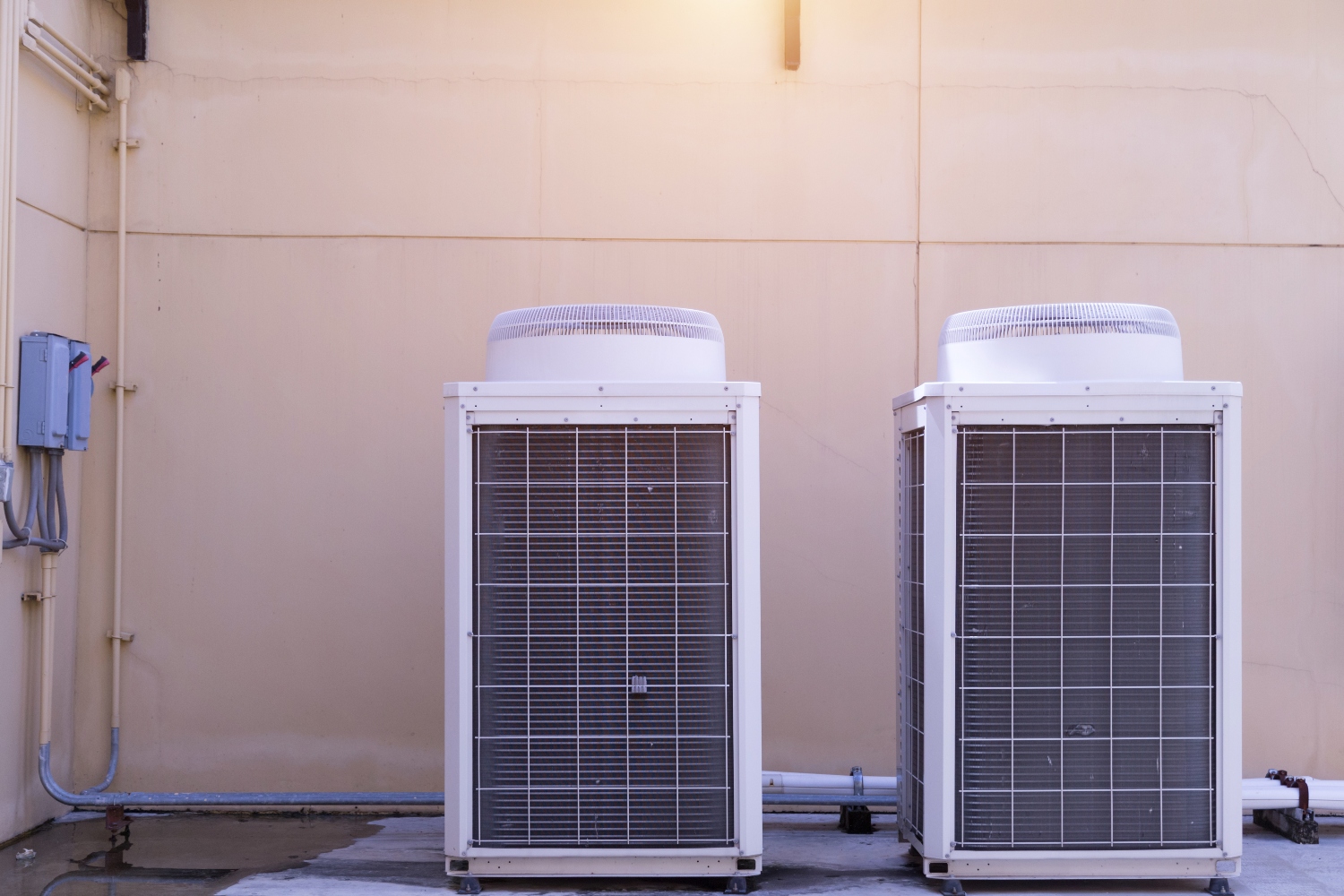
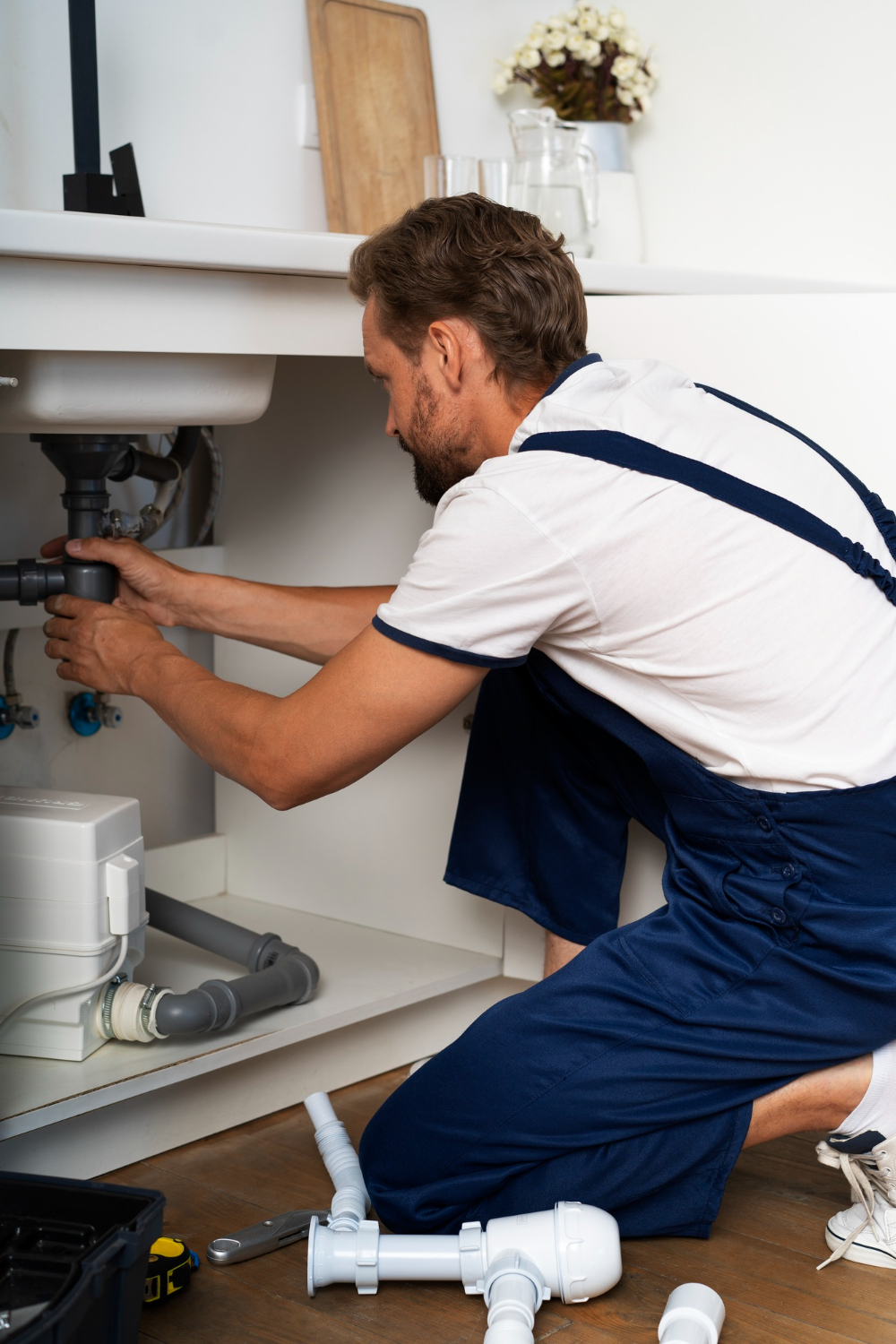
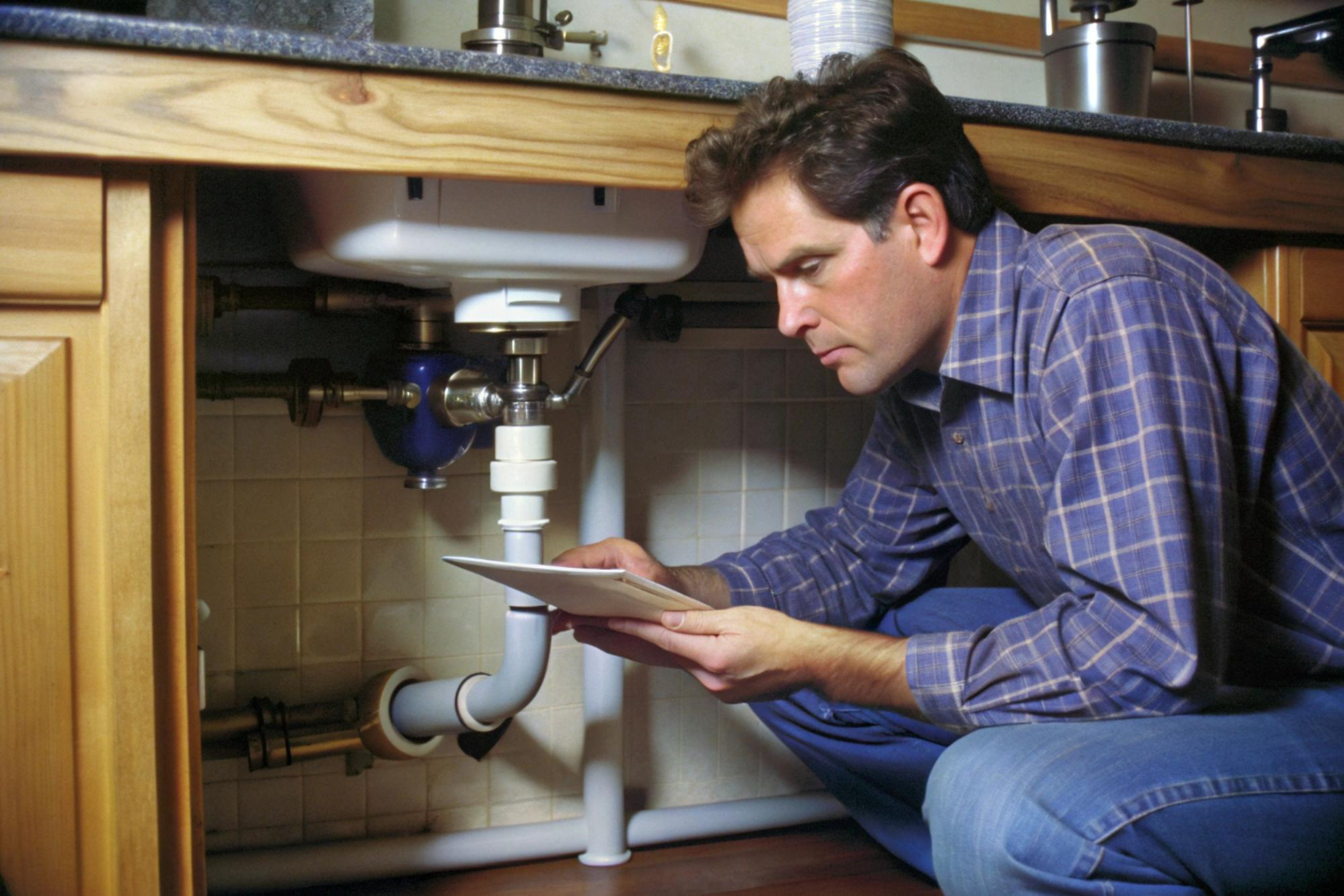
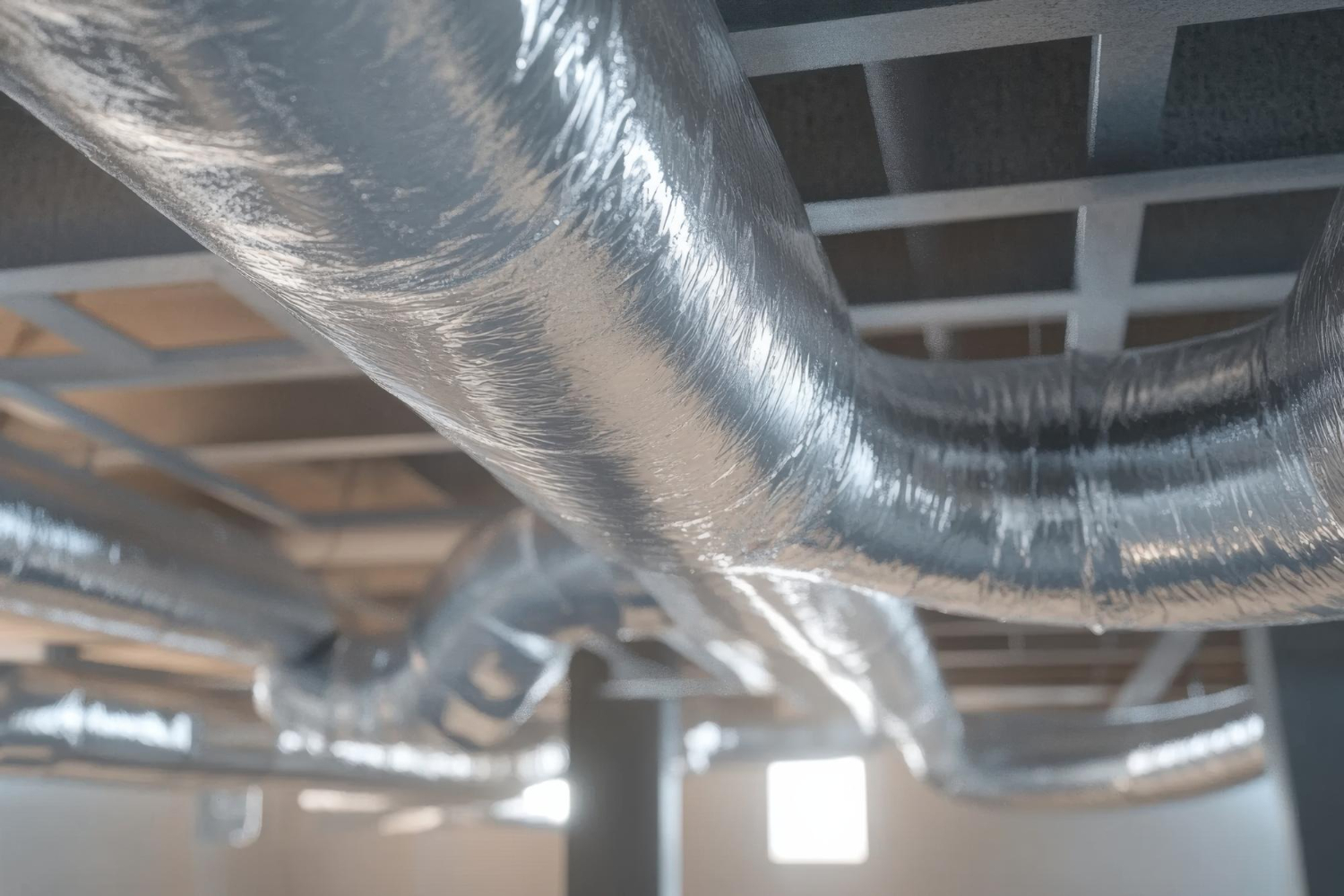
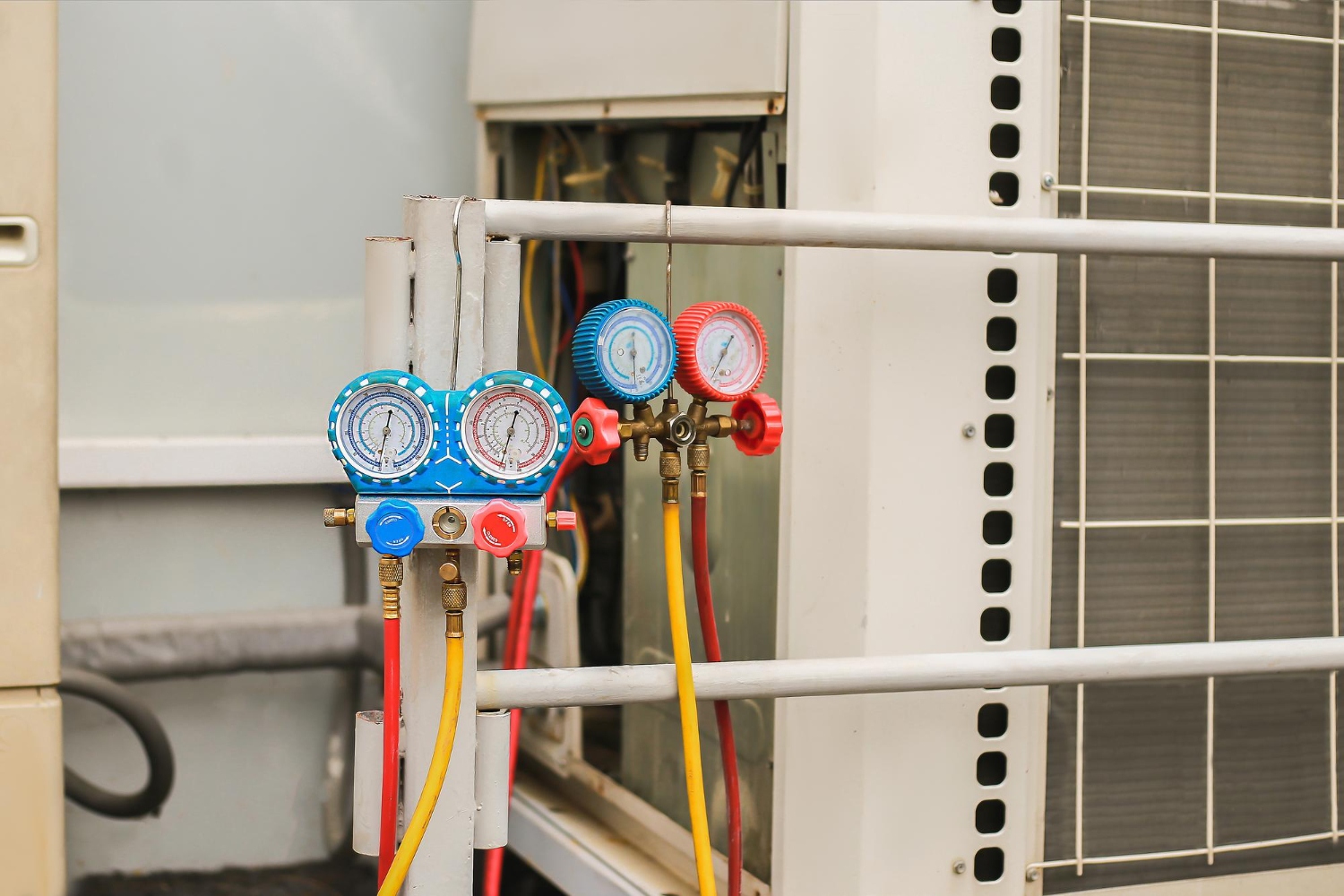
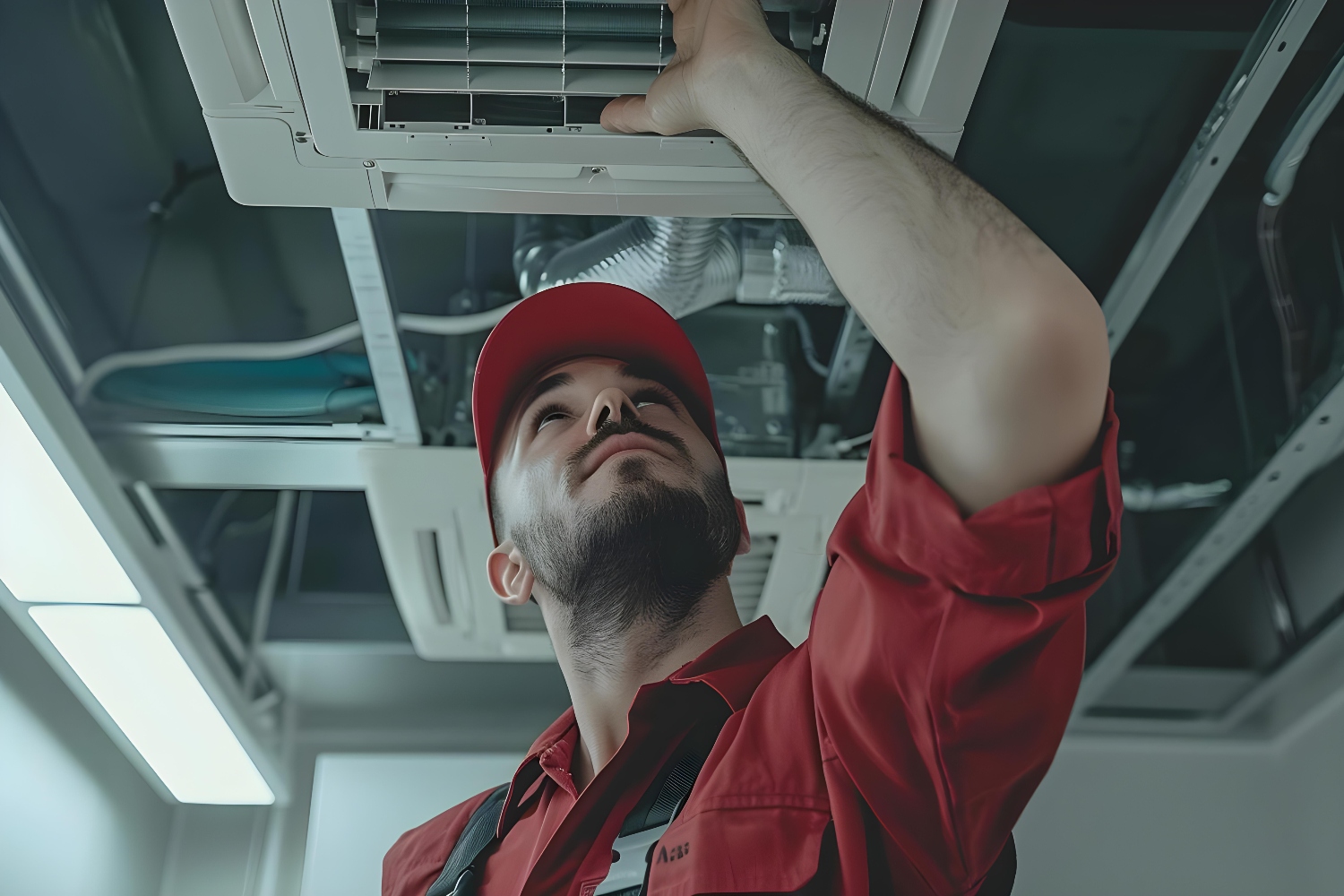
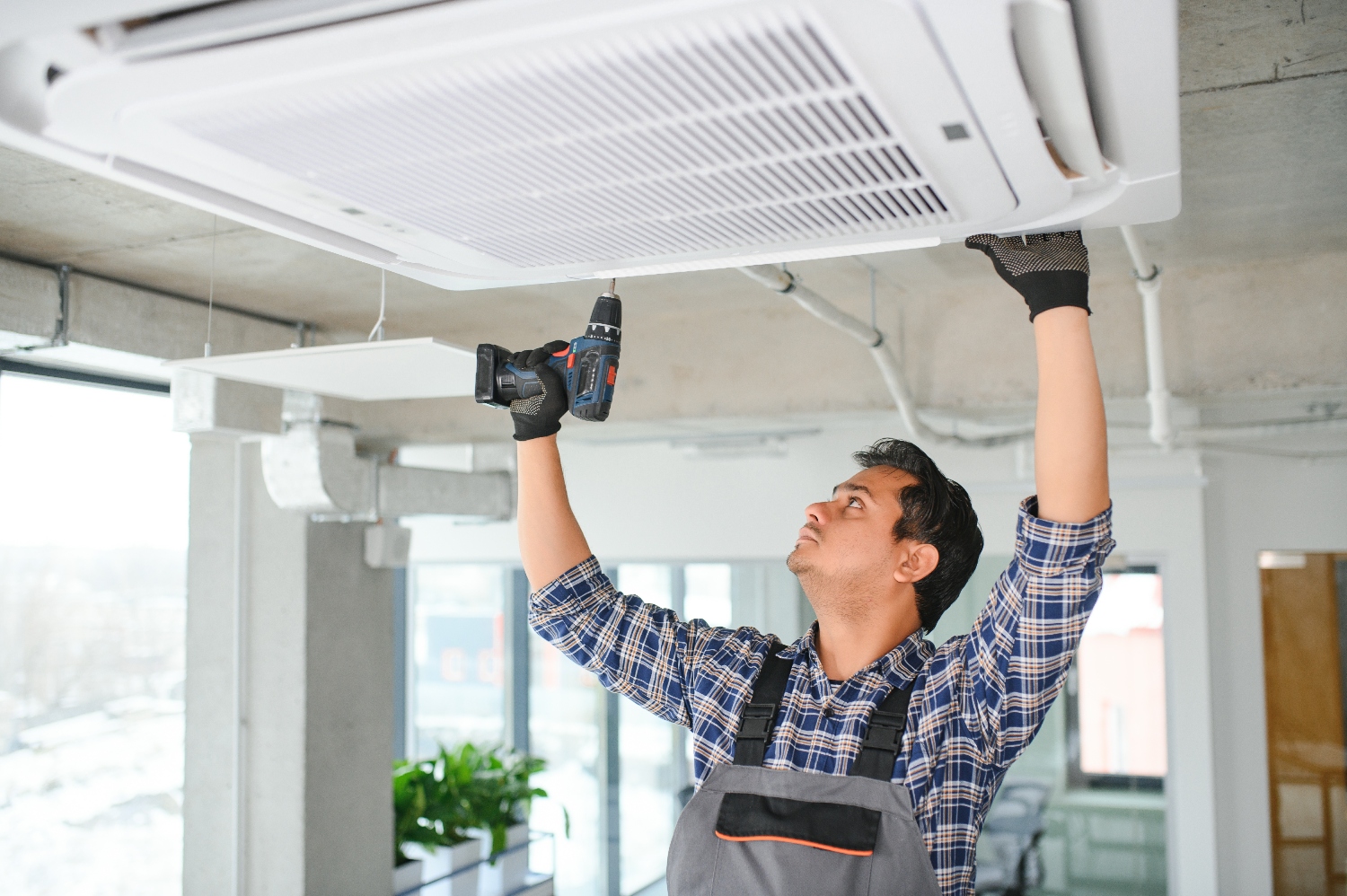
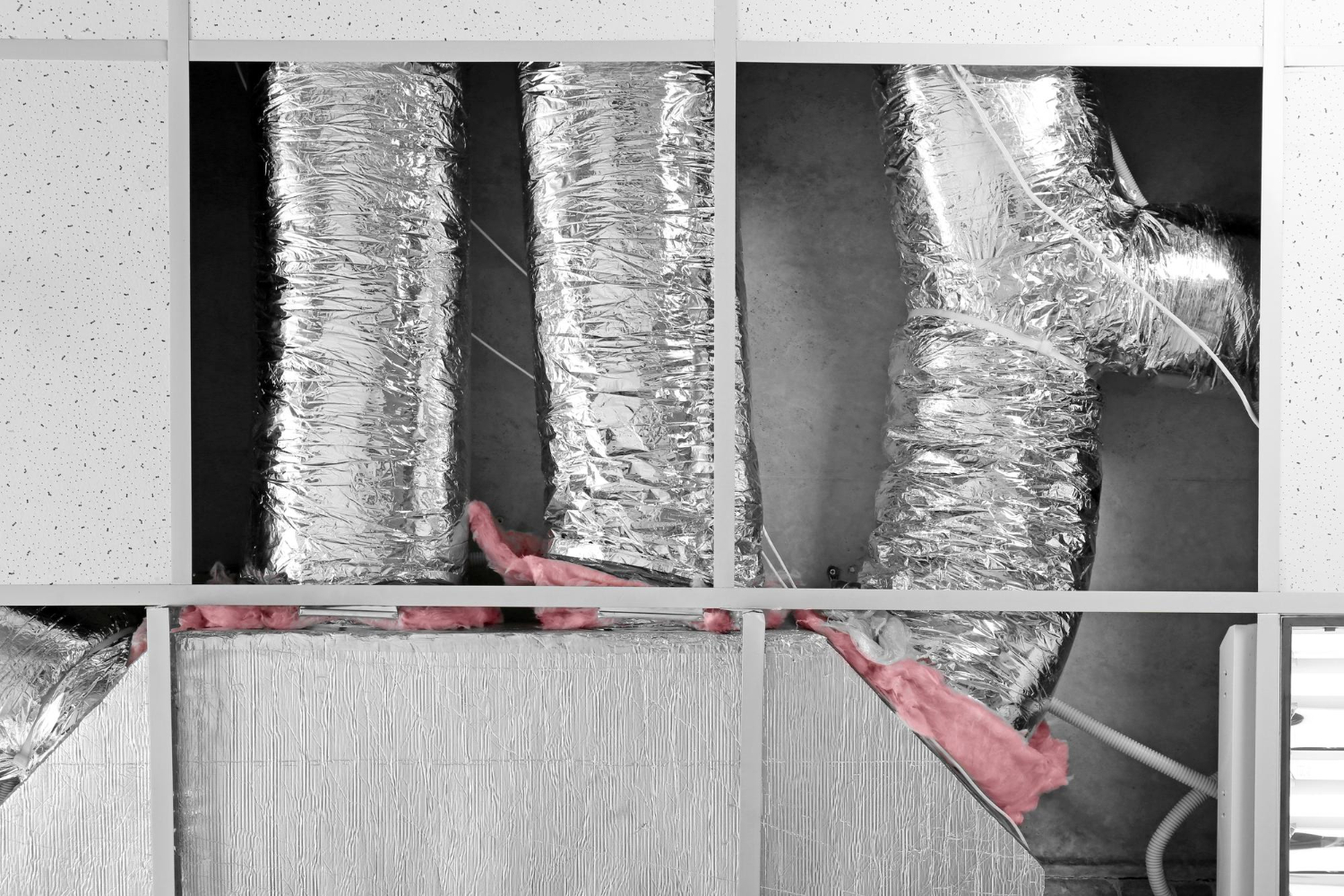




























































.jpg)
.jpg)

.jpg)
.jpg)




















